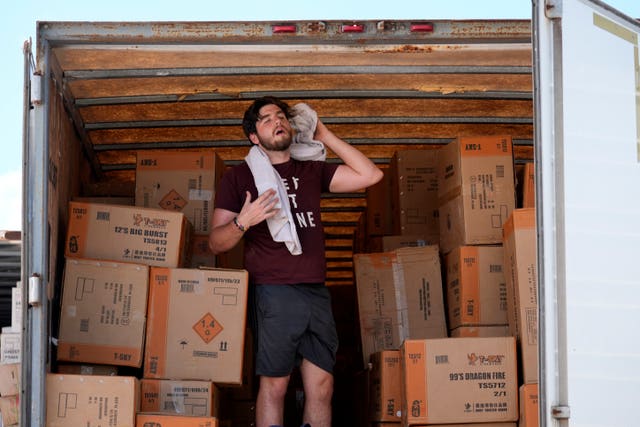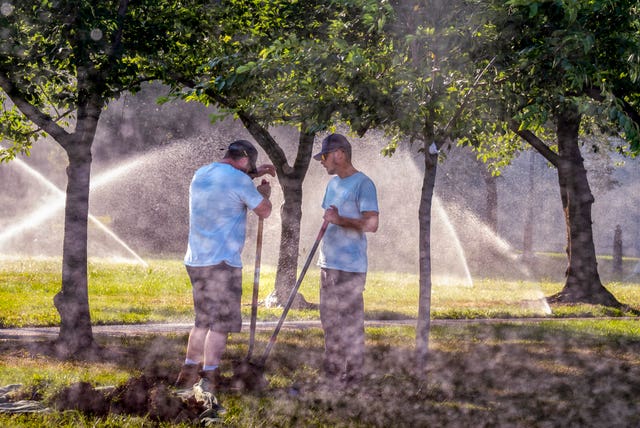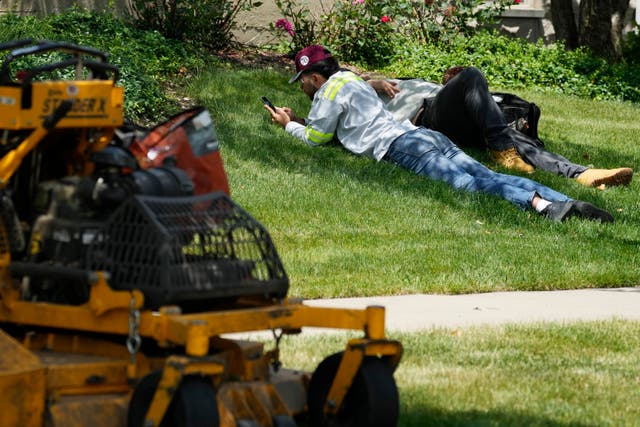Parts of US swelter under extreme heat as residents told to take precautions
States in the Midwest started to bake on Monday in what the National Weather Service called a dangerous and long duration heat wave.

Extreme heat alerts continued for tens of millions of people in the United States on Tuesday as cities including Chicago broke records at the start of a week of sweltering weather.
States in the Midwest started to bake on Monday in what the National Weather Service called a dangerous and long duration heat wave that was expected to stretch from Iowa to Maine into at least Friday.
New York Governor Kathy Hochul said on Tuesday that she has activated the National Guard to assist in any heat emergencies that develop over the next several days.

On Monday, Chicago broke a 1957 temperature record with a high of 36.1C. Hot and muggy conditions will continue this week with peak heat indexes near 37.7C at times, the National Weather Service in Chicago said in a post on social platform X.
The US last year saw the most heat waves, consisting of abnormally hot weather lasting more than two days, since 1936. Officials warned residents to take precautions.
Much of the Midwest and north east were under heat warnings or watches with officials announcing the opening of cooling centres and urging people to limit outdoor activities when possible and to check in with family members and neighbours who may be vulnerable to the heat.
The heat has been especially dangerous in recent years in Phoenix, where 645 people died from heat-related causes in 2023, which was a record.

A meteorologist with the National Weather Service in Phoenix, Ted Whittock, advised reducing time outdoors between 10am and 6pm, staying hydrated and wearing light, looser fitting clothing.
In southern California, firefighters have increased their containment of a large wildfire that is burning in steep, hard-to-reach areas in the mountains north of Los Angeles.
But hot, dry, windy weather could challenge their efforts Tuesday. Wildfires also burned in New Mexico, prompting the evacuation of a village of 7,000 people.
The warming temperatures come amid growing concern about the effects of extreme heat and wildfire smoke. The non-profit Centre for Biological Diversity on Monday sent a petition to the Federal Emergency Management Agency asking it to recognise extreme heat and wildfire smoke as major disasters.

While much of the US swelters, late-season snow was forecast for the northern Rockies on Monday into Tuesday.
Parts of Montana and north-central Idaho were under a winter storm warning.
Meanwhile, a fresh batch of tropical moisture was bringing an increasing threat of heavy rain and flash flooding to the central Gulf Coast.
Hurricane season this year is forecast to be among the most active in recent memory.





